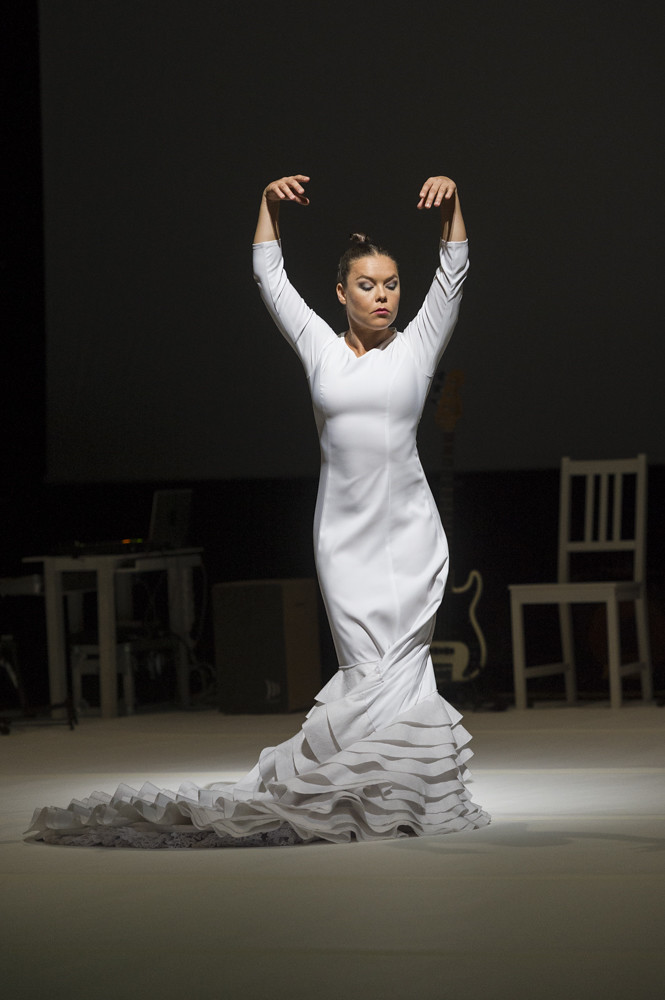

Rocío Molina, choreographer and dancer who deserves credit for having recalibrated traditional flamenco, always respecting its essence and at the same time welcoming what is authentically new, receives the Silver Lion for Dance, together with the Leone d’Oro, Saburo Teshigawara , Saturday 23 July at 12 at Teatro Piccolo Arsenale.
She seems to tear though the classical ‘rule’ book to construct her own volumes, inspiring and moving us to look and feel anew […] Morphing between the feral, the sensuous, the upright, the parallel, the violent, the tender – in an astonishing explosion of physical and creative energy. Rocío Molina is a force to be reckoned with, in art and in life (Wayne McGregor)
One cannot write about flamenco and make no reference to García Lorca. In a 1933 conference in Buenos Aires, the poet gave flamenco – until then considered a kind of folk dance – the dignity of modern aesthetics. García Lorca maintained that there is a genetic connection between this form of art and the state of Dionysian craze which he called duende. It must be said that the musical frameworks of flamenco are different from what we are used to, starting with the cantaor’s peculiar voice technique. The ole are not improvised, but are an integral part of flamenco in its nature of ritual dance – the act of participation to the ritual. The tapping of heels, taconéo, is probably a nod to earth and to the nomadic character of Gitanos, who imported the dance from India. We owe José Cadalso one of the first appearances of flamenco in official history: Cadalso elevated it to literary subject in 1774. In Francoist Spain, flamenco was relegated to second-rate establishments catering mainly to tourists. More recently, Pedro Almodóvar paid homage to the electric age of restoration of democracy and to Estrella Morente in his Volver.

Rocío Molina, who will be awarded the Silver Lion at the 2022 Dance Biennale, is a few years younger that Morente, and works on the renovation of flamenco in international tablaos. In Molina’s work, we can appreciate her attention to minimal gestures, to balance, to falls. Molina is a master of several techniques, and pure, traditional flamenco highlights her plasticity, though she is also an expert choreographer and actress: Impulso by Emilio Belmonte shows Molina as the dancer who brought flamenco into modernity.
The 2022 Golden Lion for Lifetime Achievement in Dance will be awarded to Saburo Teshigawara